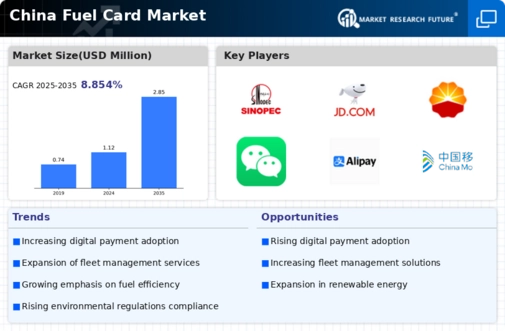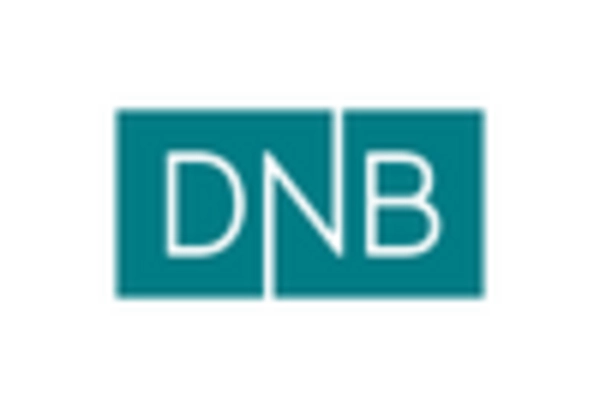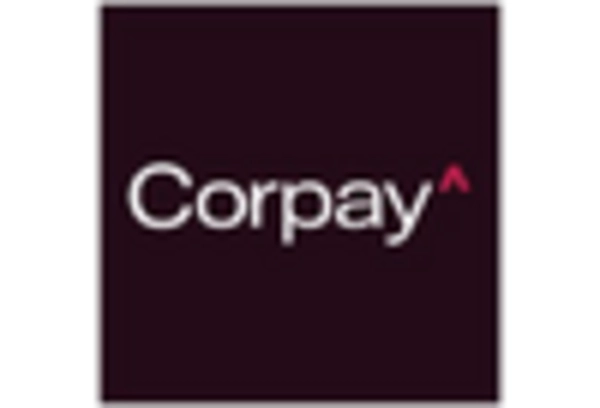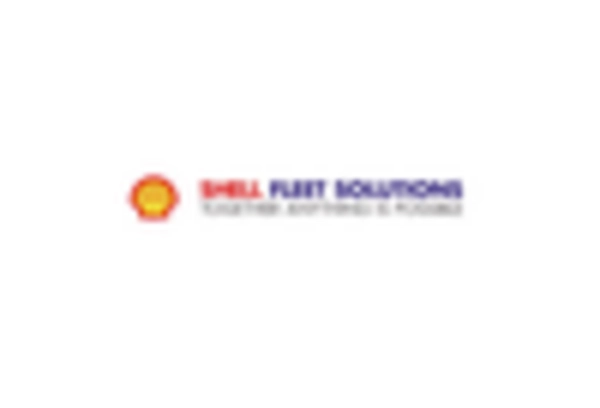Rising Fuel Prices
The fuel card market in China is experiencing a notable impact from the rising fuel prices. As fuel costs continue to escalate, businesses are increasingly seeking ways to manage their fuel expenditures effectively. Fuel cards provide a mechanism for companies to monitor fuel consumption and control costs, thereby enhancing operational efficiency. In 2025, the average price of gasoline in China is projected to reach approximately 8.5 CNY per liter, which represents a significant increase compared to previous years. This trend is likely to drive demand for fuel cards, as companies aim to mitigate the financial burden associated with fuel expenses. The fuel card market is thus positioned to benefit from this economic pressure, as organizations prioritize cost management strategies.
Government Regulations
Government regulations are significantly influencing the fuel card market in China. The Chinese government has implemented various policies aimed at promoting fuel efficiency and reducing emissions. These regulations encourage businesses to adopt fuel cards as a means of complying with environmental standards. For instance, the introduction of stricter emissions targets for commercial vehicles is prompting companies to monitor their fuel consumption more closely. In 2025, it is anticipated that compliance with these regulations will drive a 15% increase in fuel card adoption among fleet operators. The fuel card market is thus likely to see growth as businesses align their operations with governmental mandates, fostering a more sustainable approach to fuel management.
Technological Advancements
Technological advancements are playing a crucial role in shaping the fuel card market in China. The integration of advanced technologies such as telematics, mobile applications, and data analytics is enhancing the functionality of fuel cards. These innovations allow businesses to track fuel usage in real-time, analyze spending patterns, and optimize routes for fuel efficiency. In 2025, it is estimated that around 60% of fuel card users in China will utilize mobile applications for managing their fuel transactions. This shift towards technology-driven solutions is likely to attract more companies to adopt fuel cards, thereby expanding the market. The fuel card market is thus evolving rapidly, driven by the need for improved efficiency and transparency in fuel management.
Fleet Management Optimization
The need for fleet management optimization is emerging as a key driver for the fuel card market in China. As companies expand their logistics and transportation operations, the complexity of managing fuel expenses increases. Fuel cards offer a streamlined solution for tracking fuel purchases and managing fleet expenditures. In 2025, it is projected that the number of commercial vehicles in China will exceed 10 million, leading to heightened demand for efficient fuel management solutions. This trend suggests that businesses are increasingly recognizing the value of fuel cards in enhancing operational efficiency and reducing costs. The fuel card market is thus poised for growth as organizations seek to optimize their fleet management practices.
Increased Competition Among Providers
Increased competition among fuel card providers is shaping the landscape of the fuel card market in China. As more companies enter the market, there is a growing emphasis on offering innovative features and competitive pricing. This competitive environment is likely to benefit consumers, as providers strive to differentiate their offerings. In 2025, it is estimated that the number of fuel card providers in China will increase by 20%, leading to a wider array of choices for businesses. This trend may encourage more companies to adopt fuel cards, as they seek to leverage the advantages of enhanced services and cost savings. The fuel card market is thus becoming increasingly dynamic, driven by the need for providers to innovate and meet the evolving demands of their customers.
















Leave a Comment